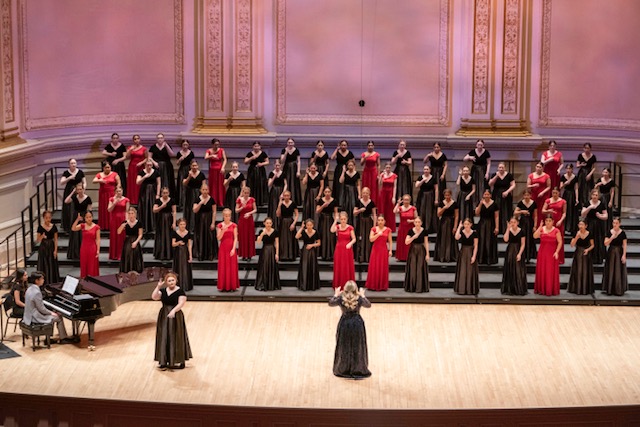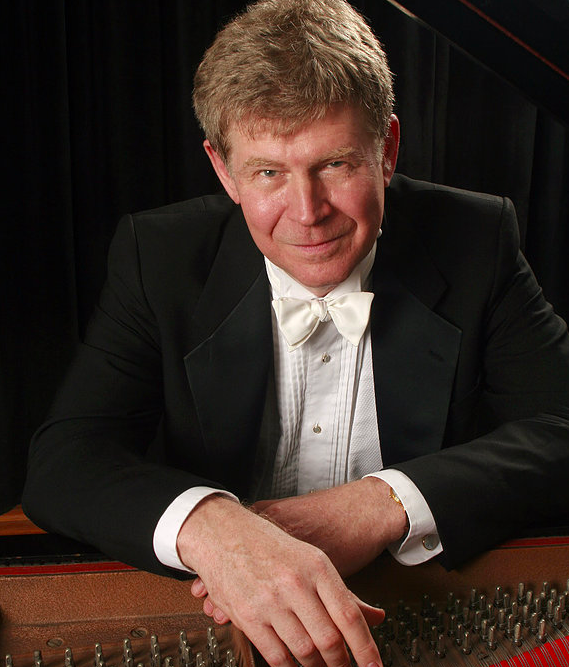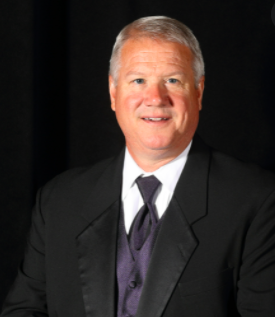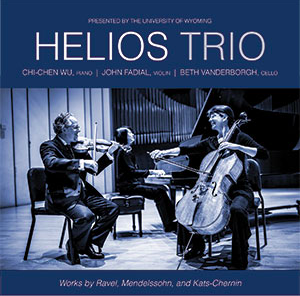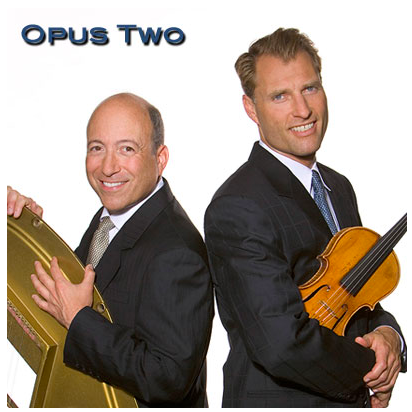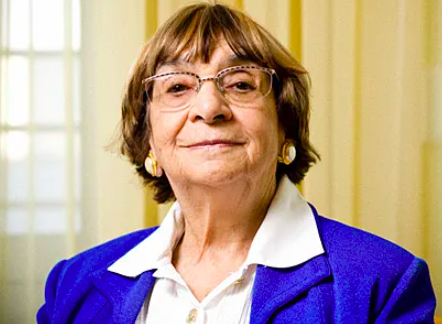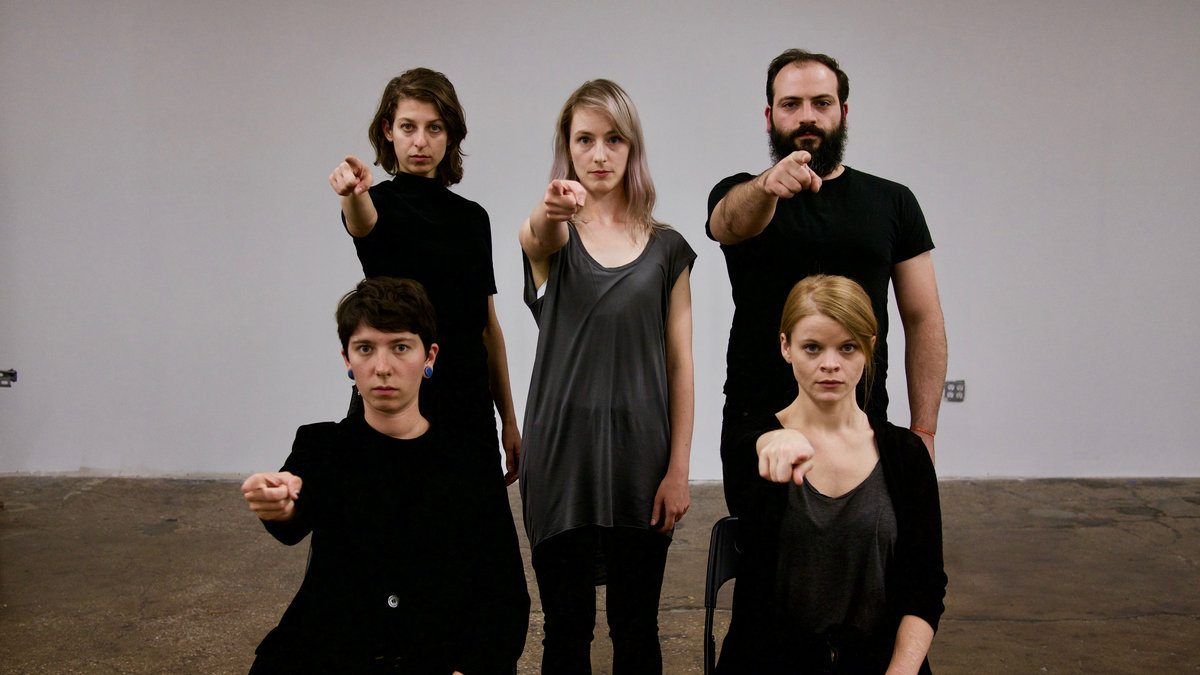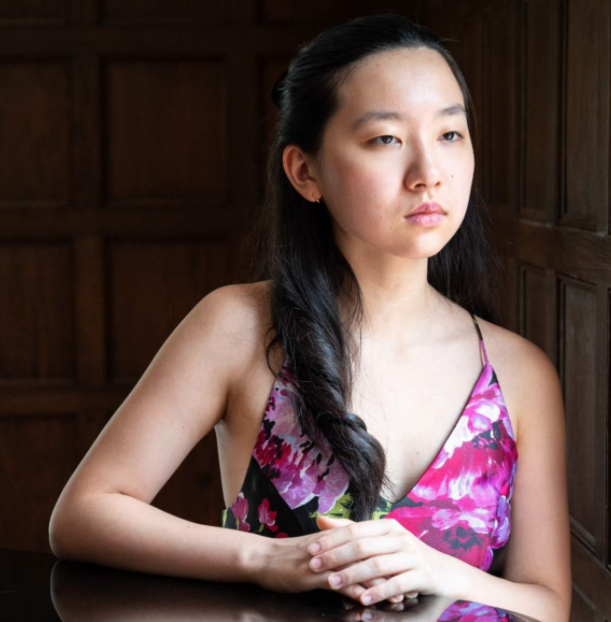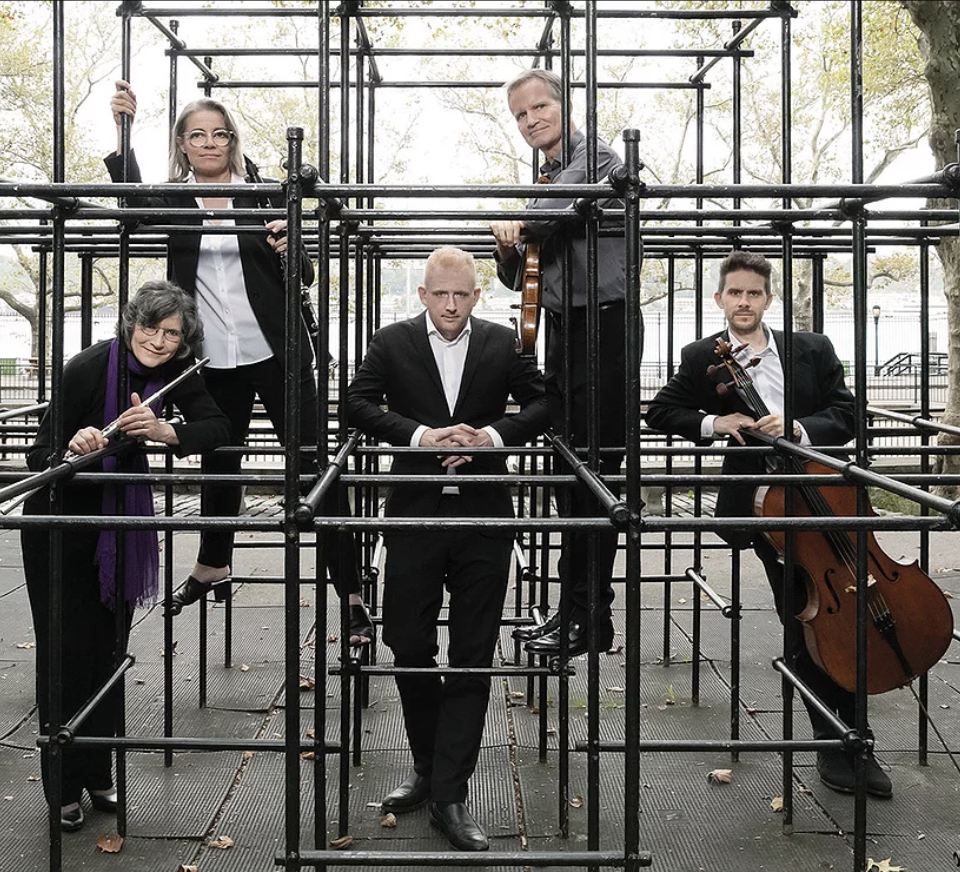Mater Dei High School Choir (CA)
Jodi Reed, conductor
Distinguished Concerts Singers International
Dr. Erin Freeman, conductor
Kristen Plumley, soprano; Colin Levin, baritone; James D. Wetzel, organ
Carnegie Hall, Stern Auditorium, New York, NY
March 27, 2022
A stunning bifurcated program was presented by the ever-reliable Distinguished Concerts International New York (DCINY) on Sunday afternoon (March 27, 2022) at Carnegie Hall. First, let me say what a pleasure it was to see two women conducting with such immense talent and joy. Sadly, it shouldn’t be an issue, but at this moment I still feel it deserves emphasis.
The afternoon began with an exciting, polished, beautifully sung, acted, and mimed performance by the prize-winning Mater Dei High School choir (CA), conducted by Jodi Reed. All of the music was selected from the very finest arrangements available. What was thrilling and memorable was the gorgeous blend of sound they achieved, at all dynamic levels, and their absolutely perfect ensemble.
The choir first took the stage with about a third of its members, the young men dressed in matching grey suits with red ties, the young women in red gowns. Later they were joined by the complement, elegant in black. All music was performed from memory, and the large amount of intricate “riser choreography” was coordinated to a fault. Some of the music was performed a cappella, some with piano, some men only, some women only.
The musical influences ranged from Basque to Georgia (the Eurasian republic), Poland, Ireland, Bach, and gospel, to name but a few. The choir members are eager actors, with many theatrical possibilities, yet even with those opportunities, nothing was tasteless or overdone. On many occasions, various intrepid soloists stepped out from the choir to sing with amazing poise and talent. I trust these young people will never ever forget having performed solo on the main stage of Carnegie Hall.
On a day when a film called CODA (Children of Deaf Adults) won two Oscars, the gospel tune Ain’t No Grave Can Hold My Body Down had extra power- it utilized five individual signers and then presented one stanza entirely silent, with the whole all-female choir signing. If you think about it, the difference between singing and signing is just the transposition of a letter.
I can only mention a few highlights from their copious menu, but in addition to the above, I’d say: the Alleluia from Bach’s motet Lobet den Herrn, alle Heiden, the Crucem tuam adoramus, Domine by Paweł Łukaszewski, the male chorus in Danny Boy, and an exciting version of Nearer My God To Thee (banish images of string quartet on the deck of a sinking Titanic).
After a brief pause, the stage was filled with a modest-sized (for DCINY) composite choir of about 139, composed of individual adult choirs from California, Connecticut, New Jersey, Virginia, Washington, Maryland, and Canada. They were expertly and sensitively led by Erin R. Freeman in the sublime glories of Gabriel Fauré’s Requiem.
Having performed and studied the Requiem for over fifty years, and even with renewed intense score study leading up to Sunday’s performance, I was astonished at my own capacity for surprise and awe as each harmonic sidestep worked its ineffable magic. Yet there is an austerity of means, a discipline, a restraint that belongs uniquely to Fauré. This places the work at an incredibly high taste level when one thinks of the music that was being used for liturgy in Paris at the time: potpourris and improvisations on hit tunes from Rossini, for example.
Perhaps Dr. Freeman had a more difficult task than Ms. Reed, for the DCINY choirs have to prepare individually, arrive in New York, rehearse with their overall conductor, and achieve unanimity in a very short time. Trust me, they did on this occasion.
Although this Requiem is known as the “gentle” one, the “lullaby of death” so to speak, it does have its moments of brief outburst. The choir handled both the tender wizardry of the soft passages and the louder moments that set them off beautifully. Dr. Freeman brought a marvelous sense of elasticity and expansion to the choral sound.
The work was presented with organ, one viola/violin (the soloist, DCINY’s excellent Jorge Ávila), and one harp. This corresponds much more closely to Fauré’s original intent, and allows one to hear certain strands of his immaculate counterpoint much more clearly than when a plush full orchestra is playing.
Both soloists, baritone Colin Levin, and soprano Kristen Plumley, dispatched their arias very well, with Mr. Levin impressive in the Offertorium, but underwhelming in the Libera me. Ms. Plumley’s Pie Jesu was sensitive, and she didn’t try to sound like a boy soprano. Interestingly, the Libera me has some of the more agitated music (finally mentions the Dies irae); it was adopted wholesale from a much earlier composition (1877), dating from Fauré’s unhappy, ultimately unsuccessful engagement to the daughter of Pauline Viardot. This raises the question of whether (as Fauré put it “I simply wrote it for the pleasure of it”) its sensual harmonies perhaps speak of matters both profane and sacred.
My heart went out to the excellent organist James D. Wetzel, who had to contend with the electronic organ in Carnegie Hall, whose sound emanates from two pathetic speakers and was not imposing enough when it needed to be. The transparent scoring, saving the violin for the angelic spirit of God hovering over the Sanctus, was a wise decision. Jorge Ávila’s final trill in the Sanctus allowed me to perceive, suddenly and instinctually, how Maurice Ravel developed the closing trill of the slow movement of his Piano Concerto in G major. He was Fauré’s composition student, after all.
All told, a glorious afternoon of choral achievement, and a balm for these wounded times.

